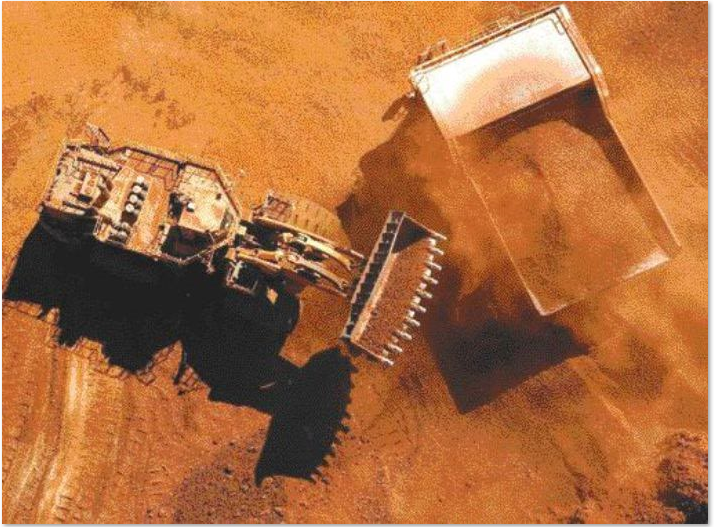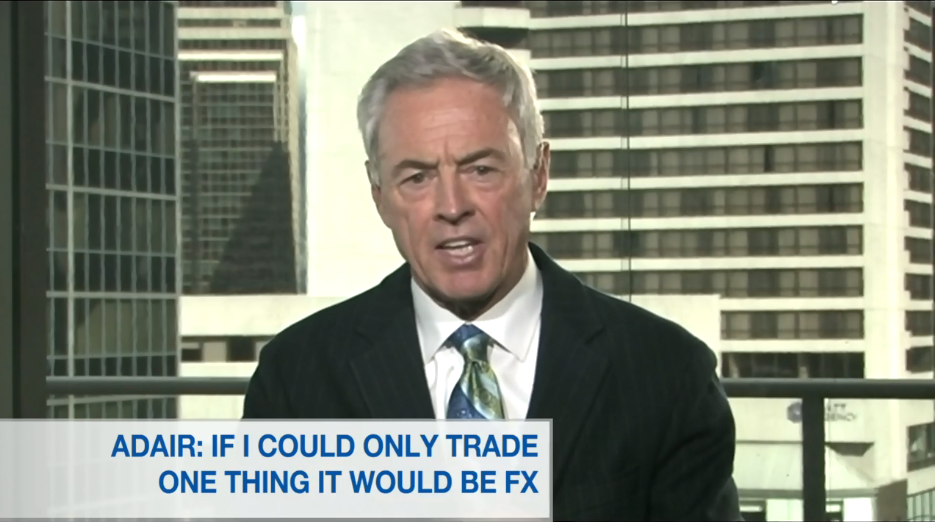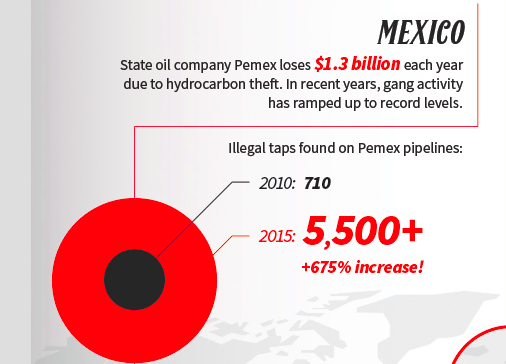Personal Finance
Note: The charts in this commentary have been updated to include Friday’s Consumer Price Index news release.
Back in 2010, the Fed justified its aggressive monetary policy “to promote a stronger pace of economic recovery and to help ensure that inflation, over time, is at levels consistent with its mandate” (full text). In effect, the Fed has been trying to increase inflation, operating at the macro level. But what does inflation mean at the micro level — specifically to your household?
Let’s do some analysis of the Consumer Price Index, the best-known measure of inflation. The Bureau of Labor Statistics (BLS) divides all expenditures into eight categories and assigns a relative size to each. The pie chart below illustrates the components of the Consumer Price Index for Urban Consumers, the CPI-U, which we’ll refer to hereafter as the CPI.

….related:


The value of the crude oil production alone is worth a staggering $1.7 trillion each year. Add downstream fuels and other services to that, and oil is a money-making machine.
Both companies and governments take advantage of this resource wealth. More of the world’s largest companies work in the oil patch than any other industry. At the same, entire government regimes are kept intact thanks to oil revenues.
The only problem when an industry becomes this lucrative?
Eventually, everybody wants a piece of the pie – and they’ll do anything to get their share.
THE BLACK MARKET IN FUEL THEFT
Today’s infographic comes from Eurocontrol Technics Group, and it highlights the global problem of fuel theft.
While pipeline theft in places like Nigeria and Mexico are the most famous images associated with the theft of hydrocarbons, the problem is actually far more broad and systematic in nature.
Fuel theft impacts operations at the upstream, midstream, and downstream levels, and it is so entrenched that even politicians, military personnel, and police are complicit in illegal activities. Sometimes, involvement can be traced all the way up to top government officials.
E&Y estimates this to be a $133 billion issue, but it’s also likely that numbers around fuel theft are understated due to deep-rooted corruption and government involvement.
HOW FUEL THEFT ACTUALLY HAPPENS
Billions of dollars per year of government and corporate revenues are lost due to the following activities:
Tapping Pipelines: By installing illicit taps, thieves can divert oil or other refined products from pipelines. Mexican drug gangs, for example, can earn $90,000 in just seven minutes from illegal pipeline tapping.
Illegal Bunkering: Oil acquired by thieves is pumped to small barges, which are then sent to sea to deliver the product to tankers. In Nigeria, for example, the Niger Delta’s infamous labyrinth of creeks is the perfect place for bunkering to go undetected.
Ship-to-Ship Transfers:
This involves the transfer of illegal fuel to a more reputable ship, which can be passed off as legitimate imports. For example, refined crude from Libya gets transferred from ship-to-ship in the middle of the Mediterranean, to be illegally imported into the EU.
Armed Theft (Piracy):
This involves using the threat of violence to command a truck or ship and steal its cargo. Even though Hollywood has made Somalia famous for its pirates, it is the Gulf of Guinea near Nigeria that ships need to be worried about. In the last few years, there have been hundreds of attacks.
Bribing Corrupt Officials:
In some countries – as long as the right person gets a cut of profits, authorities will turn a blind eye to hydrocarbon theft. In fact, E&Y says an astonishing 57.1% of all fraud in the oil an gas sector relates to corruption schemes.
Smuggling and Laundering:
Smuggling oil products into another jurisdiction can help to enable a profitable and less traceable sale. ISIS is famous for this – they can’t sell oil to international markets directly, so they smuggle oil to Turkey, where it sells it at a discount.
Adulteration:
Adulteration is a sneaky process in which unwanted additives are put in oil or refined products, but sold at full price. In Tanzania, for example, adding cheap kerosene and lubricants to gasoline or diesel is an easy way to increase profit margins, while remaining undetected.
THE IMPLICATIONS OF FUEL THEFT
The impact of fuel theft on people and the economy is significant and wide-ranging:
Loss of corporate profits: Companies in oil and gas can lose billions of dollars from fuel theft. Case in point: Mexico’s national oil company (Pemex) is estimated to lose $1.3 billion per year as a result of illegal pipeline tapping by gangs.
Loss of government revenues: Governments receive royalties from oil production, as well as tax money from finished products like gasoline. In Ireland, the government claims it loses €150 to €250 million in revenues per year from fuel adulteration. Meanwhile, one World Bank official pegged the Nigerian government’s total losses from oil revenues stolen (or misspent) at $400 billion since 1960.
Funds terrorism: ISIS and other terrorist groups have used hydrocarbon theft and sales as a means to sustain operations. At one point, ISIS was making $50 million per month from selling oil.
Funds cartels and organized crime: The Zetas cartel in Mexico controls nearly 40% of the fuel theft market, raking in millions each year.
Environmental damage: Not only does fuel theft cost corporations and governments severely, but there is also an environmental impact to be considered. Fuel spills, blown pipelines, and engine damage (from adulterated fuel) are all huge issues.
Leads to higher gas prices: Unfortunately, all of the above losses eventually translate into higher prices for end-customers.
HOW TO STOP FUEL THEFT?
There are two methods that authorities have been using to slow down and eventually eliminate fuel theft.
Fuel dyes are used to color petroleum products a specific tint, so as to allow for easy identification and prevent fraud. However, some dyes can be replicated by criminals – such as those in Ireland who “launder” the fuel.
Molecular markers, which are used in tiny concentrations of just a few parts per million, are invisible and can also be used to identify fuels.
In Tanzania, the initiation of a fuel marking program using molecular markers led to significant increases of imported petrol and diesel for the local market, and a decrease of kerosene.
At the retail level, product meeting quality standards increased from 19% in 2007 to 91% in 2013. Ultimately, this resulted in an increase of tax revenue of $300 million between 2010 and 2014.

Chinese stocks have dropped for four straight weeks to their lowest levels in seven months, following a government crackdown on financial leverage.
In fact, the Chinese policy-makers’ crackdown on leverage has already erased about $500 billion from the value of the Red Dragon’s stocks and bonds.
There’s no doubt in my mind that China’s credit boom was getting a little out of control. Take a look at this Bloomberg Intelligence chart.

You can clearly see that since 2008, China’s total debt as a percentage of GDP has skyrocketed – from about 160% in 2008 to almost 260% in 2016.
You read that right: China’s debt is 260% of GDP!
While I almost fell out of my chair when I read these latest stats, the fact is a government crackdown on China’s excessive leverage is long overdue.
Chinese authorities have implemented several measures to strengthen the country’s financial stability. In fact, China’s banking, insurance and securities regulators are all playing a part in the program.
I’m also happy to see that China is focusing much of their attention on the nation’s shadow-banking system. Shadow-banking assets increased by 21 percent in 2016 to the equivalent of $9.3 trillion, or 87 percent of gross domestic product, Moody’s Investors Service reported.
Getting these shadow-banking shenanigans under control means improved long-term economic stability for China as officials rein in the debt pile and improve financial transparency.
The short-term pain Chinese stocks are feel now should lead to long-term gains for the Chinese economy. Plus, the government’s crackdown adds to investor confidence across the region.
And don’t forget: China’s economy is still humming along nicely. And earnings remain strong despite signs of moderation. Industrial companies’ profits jumped 24% in March from a year-ago, extending a surge from the first two months of 2017.
Plus, speculation has returned about massive infrastructure projects.

The “One Belt, One Road” initiative champions railways, ports, roads, dams, pipelines and industrial corridors across dozens of countries in Asia, Europe and Africa. And the program will spur a ton of economic growth for China and the region.
The initiative also offers China a way to boost its stagnating economy, push development into its western regions, open new markets, strengthen links with resource-rich countries and extend China’s political clout.
The bottom line: China and most of the Asian region are still among the brightest economic hotspots on the planet. And they’ll remain so for many years to come, if not decades.
So, how do you play the Chinese stock market in the months ahead?
My team and I are monitoring the markets in China and the rest of Asia very closely. And once the dust settles from this short-term turbulence, we will be ready to pick up a boatload of high-quality Chinese stocks on the cheap.
Right now, our radar has been pinging natural-resource companies like China Petroleum & Chemical Corp. (SNP) or Sinopec Shanghai Petrochemical Co. Ltd. (SHI) and technology companies like Changyou.com Ltd. (CYOU) or YY Inc. (YY).
But just like in all investing, timing is everything! So remain patient and make sure you use the right signals at the right time.
Good investing,
Mike Burnick

Victor on some data that just came out about the Canadian Dollar that shows massive negative sentiment on the Canadian Dollar.
….alsoL Featured Guest Tyler Bollhorn on Interpreting What the Market is Telling Us















